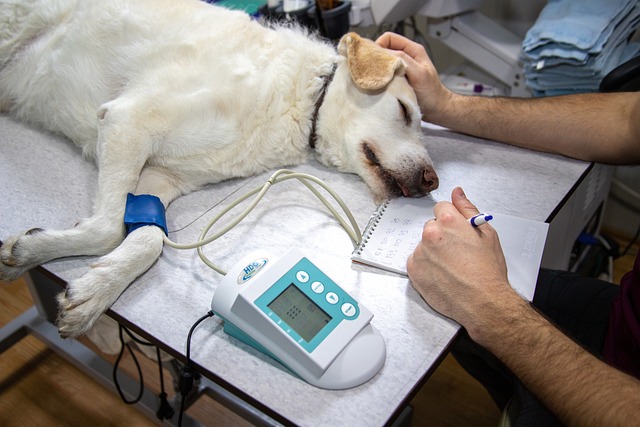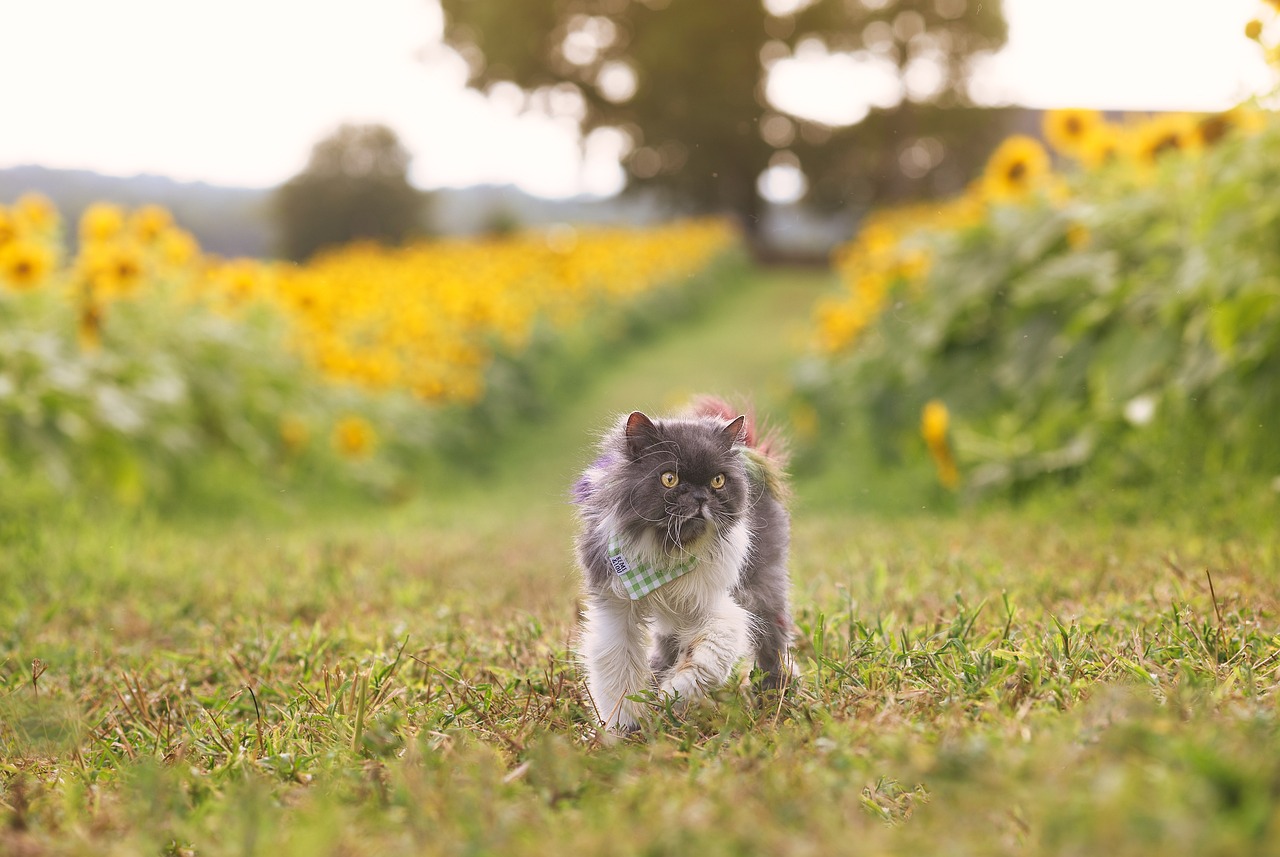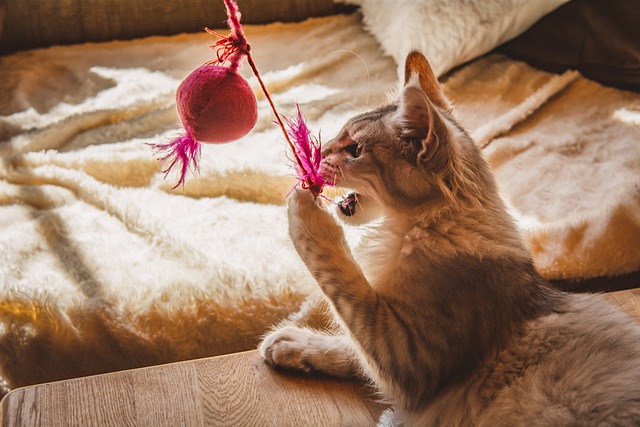Your dog’s health is as important as your own

Learning how to do a comprehensive home health check for your dog can help you detect any problems early. Early detection is crucial to successfully treat potential health problems in your pet. Dogs can’t tell how they feel, and it’s up to you to notice if something is wrong with your dog. A pet that is in pain or feeling unwell will not be able to express itself, and you need to pay close attention to any changes in your dog’s appearance or behavior to detect any health problems that your dog may be suffering from in silence.
If you suspect that something is wrong with your dog, never delay in seeking the advice of your veterinarian, as the situation can worsen very quickly in an animal. Delaying treatment can have more serious consequences than if you had consulted earlier.
Your dog’s regular health checkups can be synchronized with your dog’s grooming schedule. You should already be grooming your dog regularly, as this allows you to detect any problems and establish a strong bond between you and your pet.
Skin and Coat
Most dogs shed, with a few exceptions. If your dog appears to be shedding, it’s usually normal, but if he or she appears to have excessive shedding or the hair is coming out in clumps, resulting in bald patches, there’s a good chance your dog has a problem. The condition of your dog’s skin and coat indicates the overall health of the animal. Poor health usually means poor skin and coat condition. Monitoring your pet’s skin and coat can tell you a lot about its overall health.
Inflamed or reddened skin, bald patches, dandruff, hives, and scabs are indications that your dog has a health problem or even an allergy. Dogs can have allergic reactions to different substances and their environment, just like humans. Allergic reactions in dogs usually manifest themselves as changes in the condition of the skin and coat.
Whenever you bathe or brush your dog, you should be sure to run your fingers through his coat to check for any abnormalities. Examine your dog’s coat for signs of fleas or ticks. Fleas and ticks can seriously affect a dog’s health, and a single flea bite on a sensitive dog can lead to a lingering allergy. Insect bites can cause secondary bacterial infections in dogs that make them extremely uncomfortable and difficult to treat. This will end up costing you a considerable bill at the vet’s office as well, so it’s always best to catch these problems before they develop.
Ears
Once you’ve finished thoroughly examining your dog’s coat, you should take a look at his ears. A dog’s ears should be pink and clean. You can use a penlight to examine the dog’s ear canal. If you find crusting, redness, or swelling in the ear canal, it’s a sign that something is wrong. Mites usually produce a dark waxy substance in the ear, which your veterinarian can treat with over-the-counter topical medication. You should check for foreign objects in your dog’s ear canal or excess earwax.
Never insert anything into your dog’s ears or try to clean them with a cotton swab; you could easily damage your dog’s eardrums. If you want to clean your dog’s ears, you can use light olive oil, slightly heated. Put a teaspoon of it in your dog’s ear and massage it in, then let your dog shake off the excess oil. Be sure to do this in an appropriate area to avoid messing up the area.
If you let your dog run through the fields or take him on a hike in the woods, pieces of vine shoots and other plant debris can get into the ear canal. If this happens, don’t try to remove them yourself, but take your dog to the vet to have them removed, as you may damage his ears.
Eyes
Next, examine your dog’s eyes. They should be clear and bright, with no mucus, redness, or swelling. If they appear cloudy or if you suspect ulceration on the surface of the cornea, you should take your dog to the veterinarian immediately, as this could be a sign of a serious problem. If there is excessive discharge or crusting around the eyes, this is also a reason to see a veterinarian.
Nose
The next thing to do is to examine your dog’s nose. It should be slightly moist and cool, but some dogs have drier noses than others, so you will need to determine what is normal for your dog. There should be no discharge or crusting in the nose.
Teeth and Gums
Surprisingly, many dog owners don’t understand the importance of good canine dental hygiene, and many people mistakenly think it’s normal for their dog to have “dog breath.” Nothing could be further from the truth and excessive foul odor from the mouth can be a sign of dental, digestive, or kidney problems.
You can examine your dog’s gums and teeth by gently pulling back his lips. Your dog’s gums should be pink in color. The teeth should be clean and free of tartar and plaque. Gently press a finger on your dog’s gums to check for signs of anemia. The area where you pressed your finger should turn white but quickly return to its normal pink color.
Although dogs are not as susceptible to tooth decay as we are, they are susceptible to gingivitis and gum disease. Plaque and tartar buildup can cause serious secondary infections in your dog. Poorly maintained gums can allow bacteria to enter your dog’s body and cause kidney or liver failure, so never neglect your dog’s dental hygiene.
If you’ve never brushed your dog’s teeth, now is the time to start. It’s not difficult to get a dog used to have his teeth brushed. You’ll need an enzymatic toothpaste specially formulated for dogs and a little patience. You can start by giving your dog a taste of the toothpaste (most dog toothpaste is palatable to dogs), and then you can begin by gently massaging your dog’s gums with your finger. Do this for a few seconds each day until your dog is comfortable with this routine. Next, try inserting a soft-bristled toothbrush with a little toothpaste and gently brushing your dog’s teeth. Do this for a few seconds each day and your dog will eventually accept brushing.
If your dog’s teeth are in bad shape or if there is tartar buildup, you will need to take him to the vet for a professional cleaning.
Feet and limbs
You should check your dog’s feet and limbs regularly for any signs of swelling or injury. To do this, gently rub your hands over your dog’s feet for any cuts, bumps, or signs of pain. After a hike in the woods or a run in the fields, you should examine your dog’s paws for any burrs or foreign objects and remove them.
General Physical Condition
You should be able to lightly feel the rib cage of a healthy dog; if you can’t feel your dog’s ribs, it may be a sign of being overweight. If your dog has a thick, heavy coat, rub your hands along its sides to feel its ribs. Some breeds of dogs are naturally thin, but to be safe, monitor your dog’s weight regularly. Sudden weight changes are almost always a sign that something is wrong with your pet.
Gently pinch and pull at the skin of your dog’s hair clump. If it’s not flexible and won’t snap back into place, it’s a sign that your dog is dehydrated. If you suspect your dog is dehydrated, you should take him to the vet immediately, as dehydration can quickly kill an animal.
Stool
Make sure to check your dog’s anal glands regularly. Infections can occur in a dog’s anal glands and any swelling or redness is an indication that your dog may have an anal gland infection. Become familiar with your dog’s elimination habits, as any sudden change in elimination or urination may be a sign that the dog is ill. If abnormal elimination or urination persists for more than 24 hours, take your dog to the veterinarian right away.
Behavior
Dramatic behavioral changes in dogs usually mean something is wrong. If your usually playful dog suddenly seems lethargic or reluctant to play, it may be a sign that he or she is ill. A normally friendly dog that seems to have turned into a grumpy, moody individual overnight can be a sign that the dog is suffering. If you feel that your dog is not behaving as he should, it may be best to take him to the vet for a quick check-up, as prevention is better than cure.





